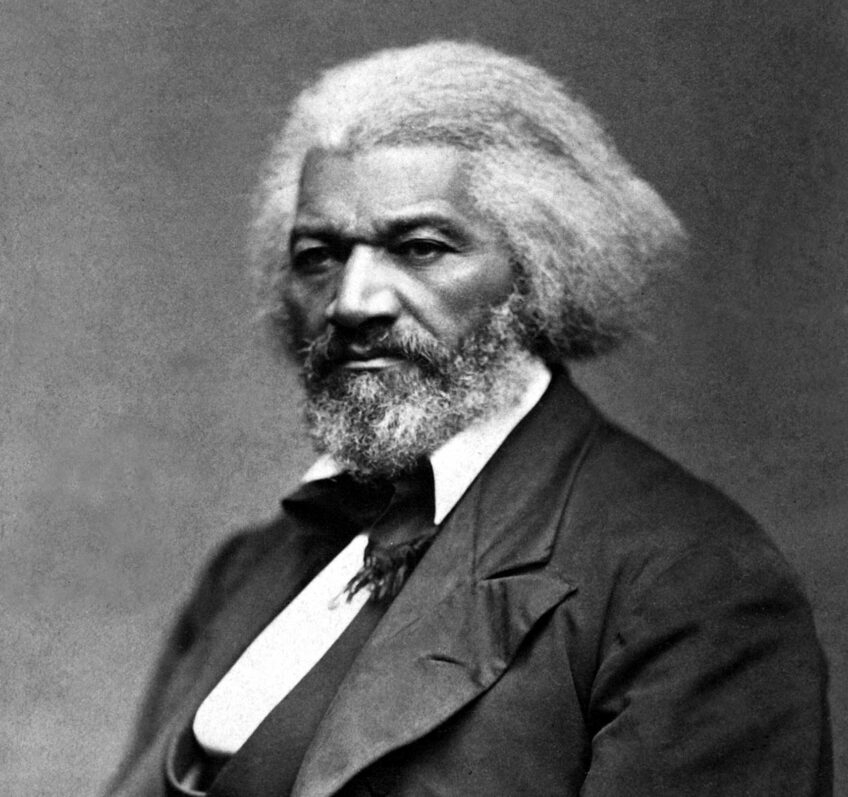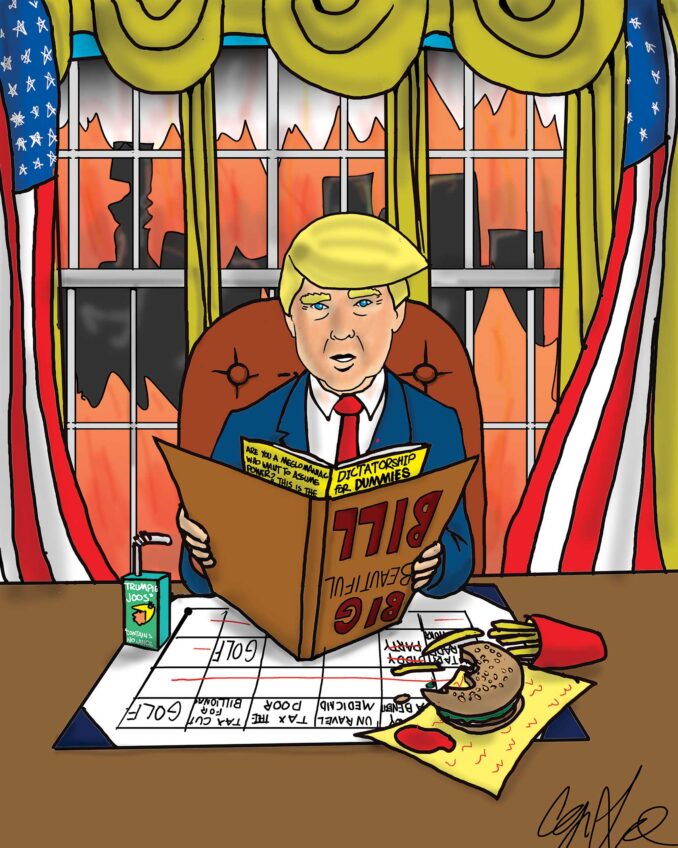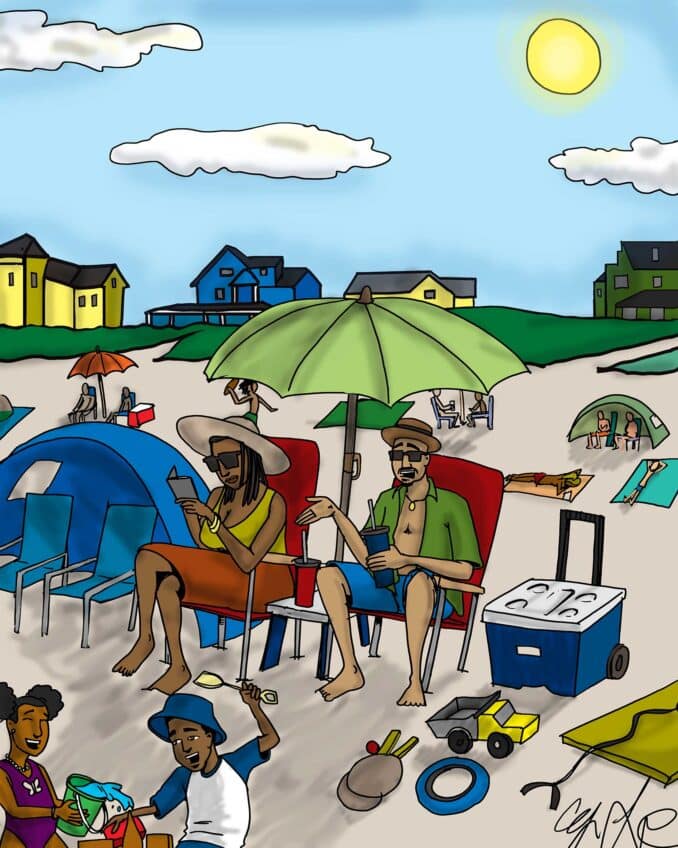Dallas police chief Renee Hall looked perplexed at her news conference, fielding questions about the slaying of Botham Jean in his own apartment by then unnamed and unidentified Dallas police officer. That was the first problem. Just who was the cop who killed Jean? Why did so much time pass without naming and identifying her? This opened the rumor mill gate. Did she have an affair with Jean? Was she a jilted and enraged former lover? Was she drunk or on drugs? Social media eventually identified her allegedly as Amber Guyger.
The rumors about her and her motive came complete with posted pictures of her supposedly being in an intimate embrace with Jean. The rumors flew because police officials wouldn’t tell anything about her.
This flies squarely in the face of how police and much of the media routinely deals with young blacks who gun down police or better still, blacks or others who blatantly kill. They are quickly identified. Their pictures are plastered in the press. Then there are the inevitable “five fast facts” about them.
This pales beside the usual digging up of any dysfunctional dirt that can be found about the individual. Police officials who are slow on the draw to release information about an officer shooter cite the shield laws in place in some states that bar police from telling anything about the officers. Those shield laws are under fire because under the guise of privacy and with the unyielding backing of police unions they give officers an unfair protective wrap from transparency on prior misconduct, violation of department rules, or just bad behavior. They also prevent disclosure of whether or what kind of discipline was imposed on the officers for those infractions.
When the book is tightly closed on the public’s right to know about officer misconduct, then it’s only a short step to an officer committing a heinous act of violence with no one in a position to know telling why. That’s one problem with unanswered questions. Another is what will happen to an officer like the Dallas cop who criminally kills? She will be charged with manslaughter. However, is that the right charge? If there was premeditation, meaning she knew and had a relationship with Jean and planned to kill, it’s murder not manslaughter.
However, cops are rarely charged with that no matter how blatant and outrageous the killing. With the huge time lag in releasing any information on her, this gives much legal wiggle room for her and her defense attorneys to construct a plausible scenario for the killing. That scenario will not be anything favorable to Jean.
Jean was a young black man from the Caribbean. He had no criminal record, was a college graduate and was well thought of by friends, college officials and his employer But there almost certainly will be the inevitable effort to find some dirt somewhere on him to muddy the picture of an innocent victim.
Jean’s seemingly pristine record gives some hope that the case will be different. But it doesn’t cancel out the still towering obstacles to bring charges against cops who kill. One, is the words uttered by nearly every officer in every slaying of an unarmed civilian, “I feared for my life or the life of others.”
These words are codified in law in many states. With only slight variations in the states the words are that an officer can use deadly force when he or she reasonably believes it’s necessary to protect life. The operative words are “reasonably believes.” Translated, that means that there is no written code, rule, or guideline for what exactly reasonable belief is or means. It’s purely a judgment call by the officer the moment he or she draws his or her pistol and opens fire. The litany of “reasonable beliefs” can fill up a small phone book. The suspect was reaching for a knife, gun, toothpick, holding a cell phone, tugging at his waistband, had his hands in his pocket, there was sudden movement of his vehicle.
In the case of the Dallas officer, her defense may well be that she perceived a threat from Jean. If there are no witnesses, and in this case no videotape of the killing, it will essentially be her word and testimony the judge and jury will hear with no refutation from Jean.
It’s an ugly picture and one made even uglier by all the tormenting questions in his murder. Whether there’s justice in the Jean case or not will depend on how these questions are answered.
Earl Ofari Hutchinson is an author and political analyst.






